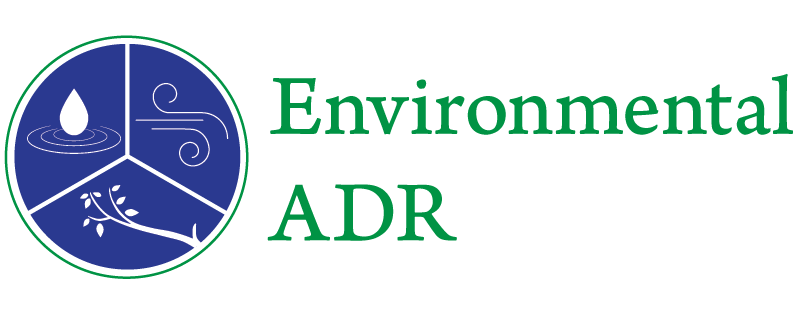What occurs in an Environmental Mediation is key to understanding how and why it works to save the parties time and unnecessary expense and is designed ultimately to deliver a better outcome for all parties. Just like snowflakes, no two mediations are exactly alike but there are some common elements in the process that are worth identifying if for no reason other than to help highlight the key differences between mediation and litigation:
- Selecting a mediator. Unlike litigation, when parties mediate they get to choose the mediator most suited to the case at hand. In itself this presents a huge potential advantage, by selecting someone with the most relevant experience who has a proven track record in resolving similar disputes. Click here to read more about the role of the mediator and some key issues to consider in selecting the right mediator to handle your dispute.
- Developing a mediation game plan. The initial task for a mediator is to develop, with the parties’ input, a game plan to facilitate the negotiations. Depending on the number of parties and the complexity of the underlying issues, there is a fair amount of art in this threshold task. The mediator is charged with establishing a reliable, coordinated and organized process, involving such steps as pre-meeting planning, establishing agendas, ensuring the presence of necessary attendees, facilitating the exchange of technical data, identifying key documents and other information needed to make informed settlement decisions, and sequencing the issues to be considered, in multiple meetings, including separate insurance and consultant briefings if necessary. Again, this is an important way in which mediation provides considerable flexibility to facilitate settlement in contrast to adhering to the dictates of the Rules of Civil Procedure.
- Developing trust and Understanding. There are several key parts to this. First, the Mediator provides a confidential forum in which the negotiations are protected from disclosure to non-participants by agreement, court rules and/or statutes. I believe this aspect of mediation is often overlooked or undervalued. Confidentiality allows the participants to speak openly and realistically about issues in dispute – both pro and con – facilitating informed decisions based on potential risks and benefits. Frank conversations such as these do not normally occur as part of the litigation process, where the parties try to speak only to the strengths of their cases and avoid mention of perceived weaknesses. Moreover, if the matter doesn’t settle, nothing said at, or prepared for, the negotiations may be used for or against any party in any other proceeding.
Confidentiality also allows the mediator to meet privately with each party – not just with its lawyers but with clients and insurance representatives with the ultimate decision-making authority. Frank and informative conversations occur in these meeting. The mediator confidentially listens, probes, questions the participants to understand what each party really needs and wants and how it views the issues in dispute. An environment of understanding and trust is built through these conversations.



